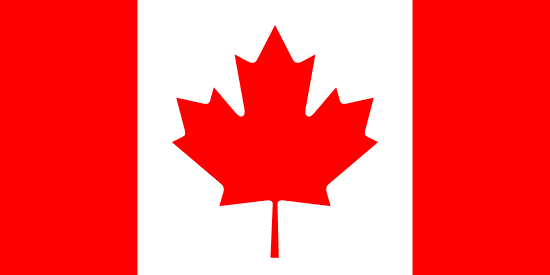"Diversity Our Strength | Diversity Our Strength"
About:
Toronto, Ontario, Canada, was originally inhabited by Indigenous peoples for over 10,000 years before European exploration. The city was founded as 'York' in 1793 by British officials. Renamed Toronto in 1834, it grew rapidly in the 19th century, becoming Canada's largest city by 1901. Toronto saw significant expansion in the 20th century, with a population boom post-WWII and significant immigration. Today, Toronto is a diverse, multicultural metropolis, known for its economic strength and cultural landmarks.
When to visit:
Toronto, located in Ontario, Canada, offers a diverse range of attractions throughout the year. For those seeking a vibrant cultural experience, visiting during the summer months of June to August is ideal, as this is when the city comes alive with festivals, events, and outdoor activities. If you prefer milder weather and colorful foliage, the fall months of September to November offer stunning views of the changing leaves in parks such as High Park. Winter enthusiasts will appreciate the snowy landscapes and winter sports opportunities from December to February, while spring, from March to May, brings blooming cherry blossoms and a sense of renewal to the city's parks and gardens. Ultimately, the best time to visit Toronto depends on your personal preferences and the type of holiday experience you seek.
When to avoid:
The worst time to travel to Toronto, Canada on a holiday is during the winter months, particularly in January and February. This period is characterized by extremely cold temperatures, heavy snowfall, and icy conditions, which can disrupt travel plans and make sightseeing challenging. Additionally, many tourist attractions may have reduced hours or be closed altogether during the winter season. Travelers should plan accordingly and pack appropriate winter clothing and gear to ensure a comfortable and enjoyable trip to Toronto during this time.
Winter (Dec-Feb)
In Toronto, winter is the coldest season, typically from December to February, with average temperatures falling below freezing, between -1°C (30°F) and -6°C (21°F). Snowfall is frequent and can be heavy, with January being the snowiest month. The days are short, with about 8 hours of daylight, often with dense cloud cover. An average day for a visitor might involve bundling up to explore the city's indoor attractions, like museums or shopping centers. Outdoor activities like ice skating are also popular, but expect chilly winds.
"Summer (June-August)"
In Toronto, the warmest part of the year typically spans from late June to early September, with July and August being the peak summer months. During this period, average high temperatures range from 25°C (77°F) to 30°C (86°F), while the average lows range between 15°C (59°F) to 20°C (68°F).
Rainfall during these months is usually moderate, with July being the wettest month. The average rainfall is around 60mm to 80mm per month. Despite occasional showers, Toronto enjoys a fair amount of sunlight during summer with typically 8-9 hours of sunshine per day.
Humidity levels can be quite high, often exceeding 70%, which can make the actual temperature feel significantly hotter, especially in July and August. This is due to Toronto's geographical location near the Great Lakes, which contributes to the city's humid continental climate.
As for cloudiness, summer days in Toronto are generally partly cloudy. However, there are also several clear days, providing a nice balance for outdoor activities.
For a visitor, a typical summer day in Toronto feels warm and can be quite humid. The mornings usually start off cooler, but by afternoon, the heat kicks in. The evenings are pleasantly warm, perfect for a stroll along the lake or dining al fresco. Despite occasional rain showers, the weather is generally good for sightseeing, attending festivals, and other outdoor activities.
Language:
In Toronto, a diverse linguistic landscape is present due to its multicultural population. English is the primary language used, however, over 160 languages are reported as a mother tongue. Notably, Cantonese, Italian, Punjabi, Spanish, Portuguese, Tagalog (Filipino), and Tamil are also widely spoken. Additionally, French, as Canada's second official language, is spoken by a minority of residents.




